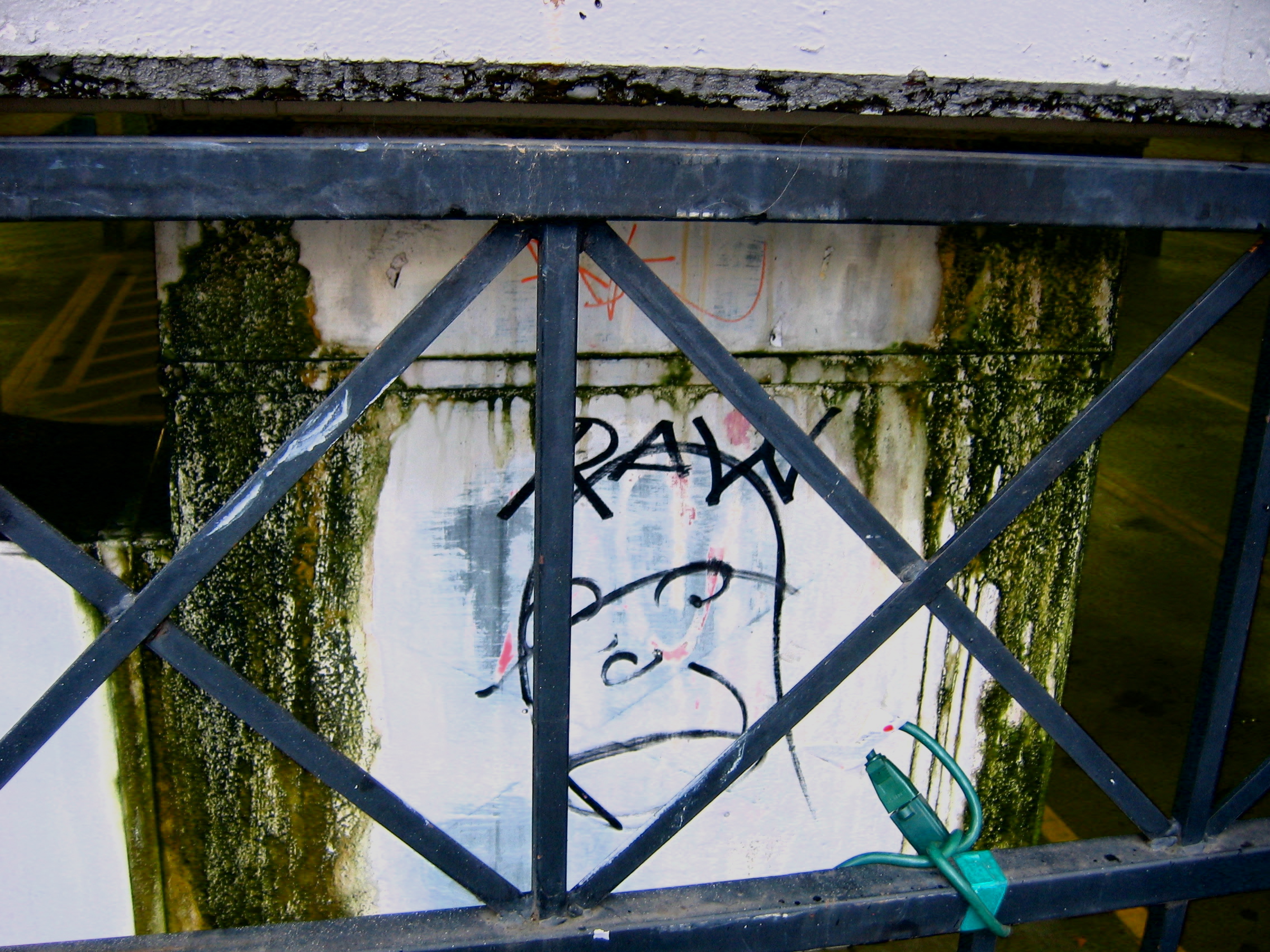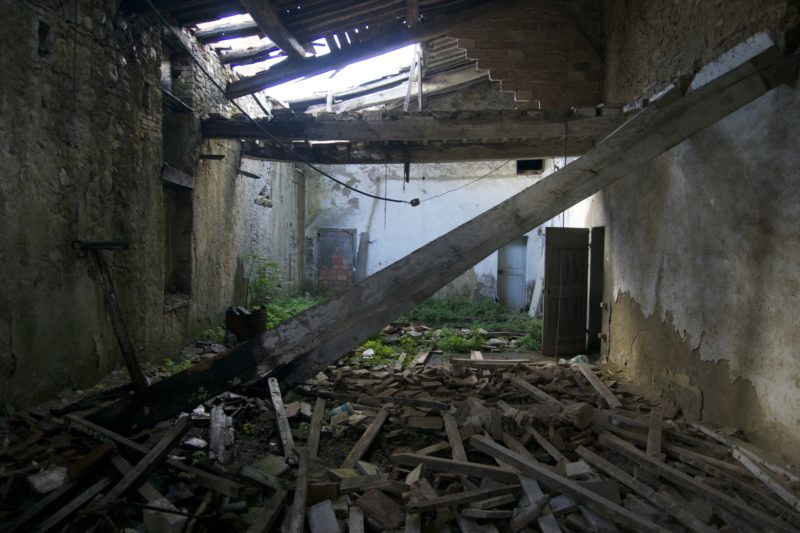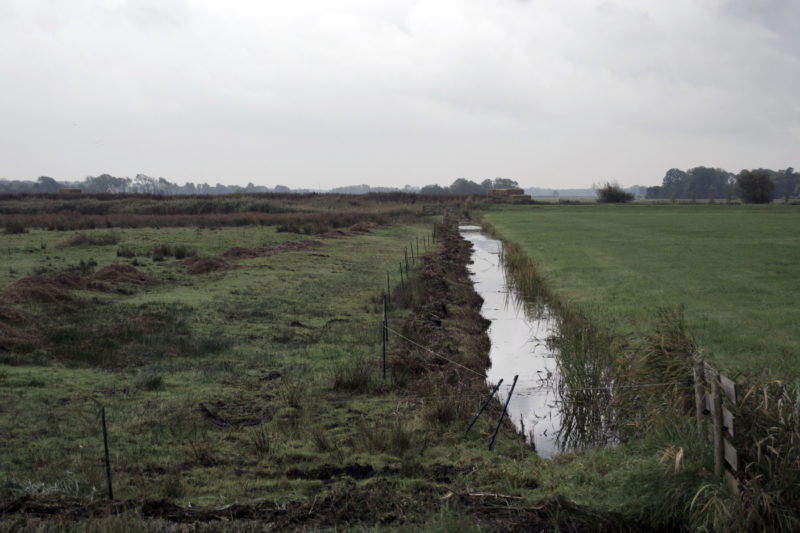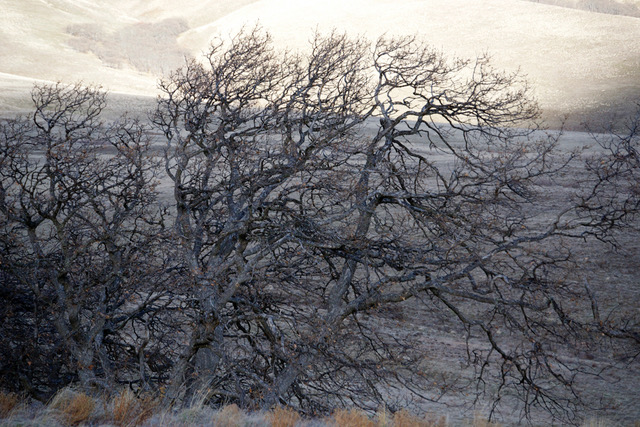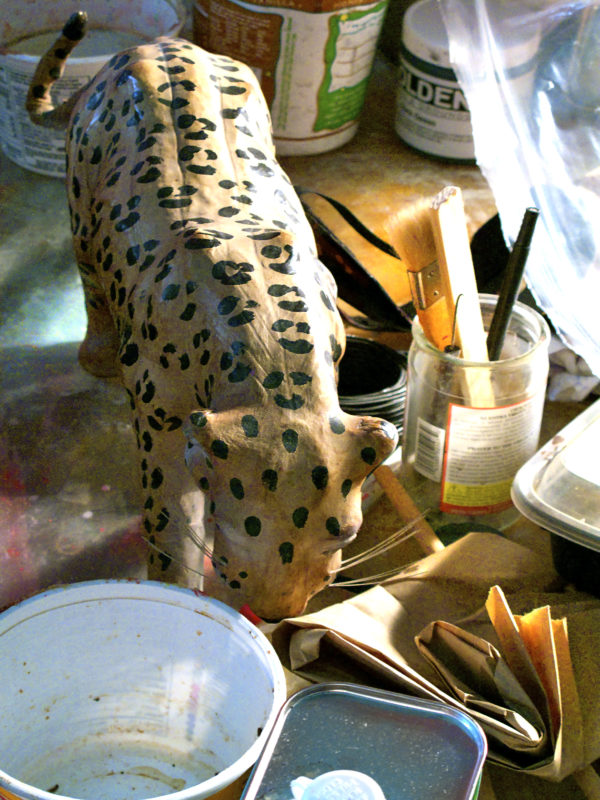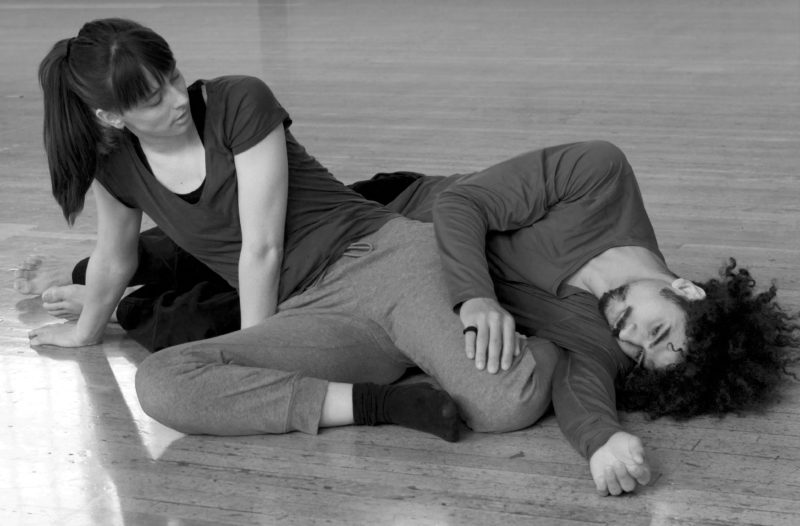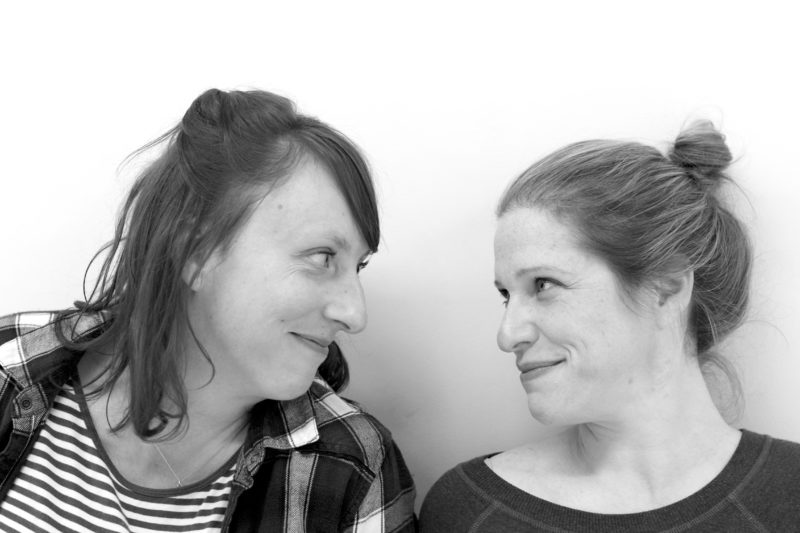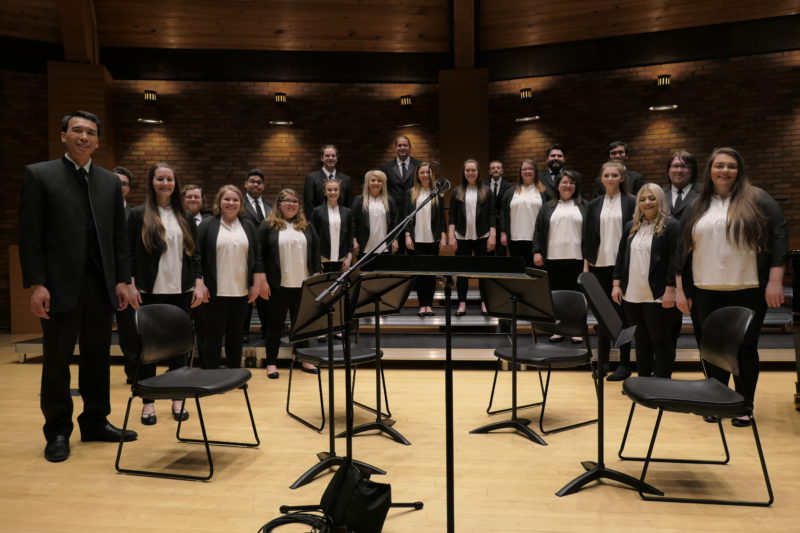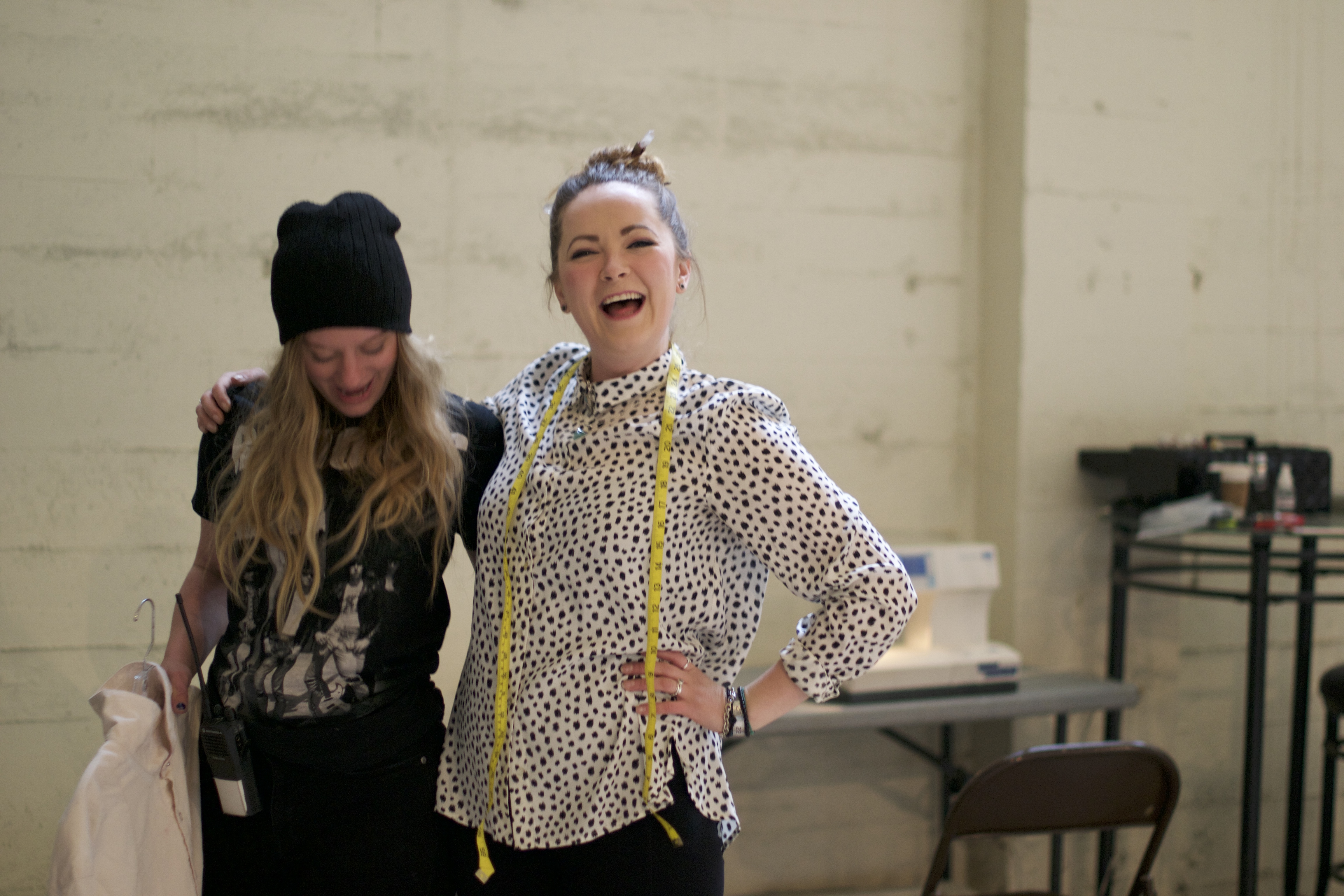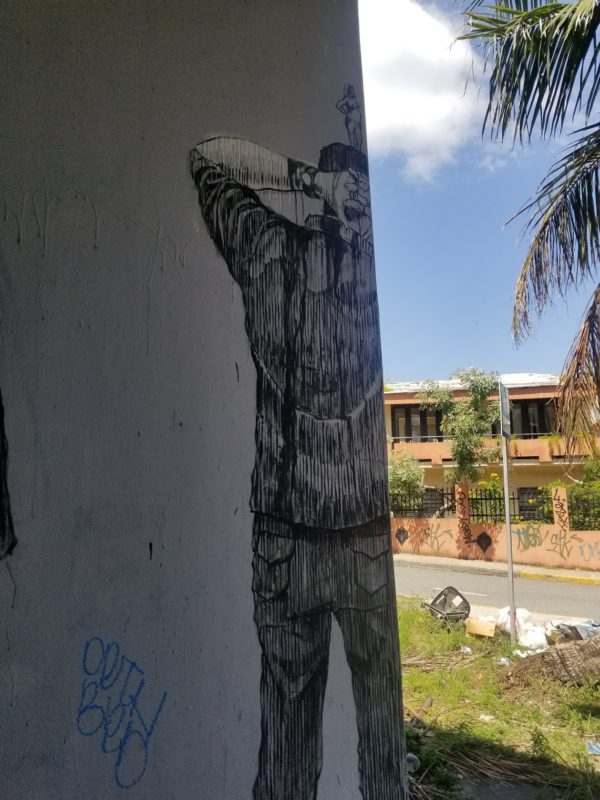Two days ago I jokingly called on people to visit a NY museum featuring dogs. Today I seriously regret that I did not alert people to a very different show, at SUNY on Long Island, which, alas, closed yesterday.

The topic of the exhibit is important enough, though, that it justifies mention, if only in the context of informing ourselves about current US museum “culture.”
The show announcement of Our Land read as follows:
Our Land, a new exhibition comprising photography and video by artists from the Middle East, North Africa, and their diaspora. Curated by Anthony Hamboussi, photographer and adjunct professor of Visual Arts at SUNY College at Old Westbury, the exhibition explores intersections of land, power, and politics to question dominant historical narratives and current Western perceptions of the MENA region. Interested in modes of self-representation, Our Land presents the work of Arab artists based in or having ancestral ties to the region, to consider landscapes of colonization and postcolonial reconstruction, indigenous land rights, ecological injustice, and war. Interrogating the darker histories of landscape photography and “development” in non-Western countries, the exhibition questions the neutrality of scholarly and scientific landscape image production, and the roles of said images and development in imperialism and domination of the region. The works in Our Land were selected for the ways in which they challenge simplistic representations of cultural identity. In turn, the exhibition compels us to reconsider our relationship to the land and its exploitation under advanced capitalism and environmental crisis.

The attached link displays some wonderful examples of the photography offered in the exhibition but also explains the relevant context: https://hyperallergic.com/489534/a-photography-exhibition-corrects-a-mainstream-museums-failure/
In 2016 the Brooklyn Museum of Art offered This Place, an exhibition on Israel and Palestine featuring works by 12 photographers including Josef Koudelka, Stephen Shore, and Rosalind Fox Solomon. It was quickly deemed by progressives as a propaganda project, “art washing” the Israeli occupation of Palestine territories, taking money from Zionist organizations and, importantly, neglecting to include any Palestinian or Arab photographers.

“Not so fast,” was the reply by Frédéric Brenner, who ran the show from its inception.” We did offer it to some local artists, midway, but no Palestinian accepted.”
The brilliant art historian, curator and activist Nina Felshin, someone I revere, took the argument apart:
In 2006, a large majority of Palestinian cultural workers called upon international artists and filmmakers to join them in the boycott against Israeli cultural and academic institutions that receive funding from the State of Israel — part of a larger movement known as Boycott, Divestment and Sanctions (BDS). The existence of the BDS movement might well explain Palestinian artists’ unwillingness to participate in an exhibition destined for the Tel Aviv Museum of Art, among other venues.
Another explanation for Palestinian artists’ refusal to participate in the project might be its impresario’s desire to exclude certain approaches to the subject:
“‘I knew one thing would disqualify a photographer — anger,’ he said. ‘It was important to look at Israel without complacency but with compassion. I believe art has a power to address questions that an ideological perspective cannot.’”
Seriously? Anger disqualifies art? And as it turns out, mention of occupied territories, illegal settlements, home demolitions, evictions, or human rights violations was deemed too ideological to be included in a depiction of the region’s history?

Here is Felshin’s 2016 review of the BAM exhibit, scathing and helpful to understand where Our Land, today, is coming from.
Let’s hope Our Land gets a chance to travel to the West Coast!

Music today comes from two sources: traditional Palestinian music

and Boiler Room featuring contemporary Palestinian techno DJ Sama. Boiler Room is a terrific concept: it is an independent music platform which offers international videos of current Club music performances with the goal of bringing people together. From House, techno, jungle, hip-hop to R&B, from Europe to the US to the Middle East and beyond, it covers what’s happening now.
Photographs are from my (port) land.

